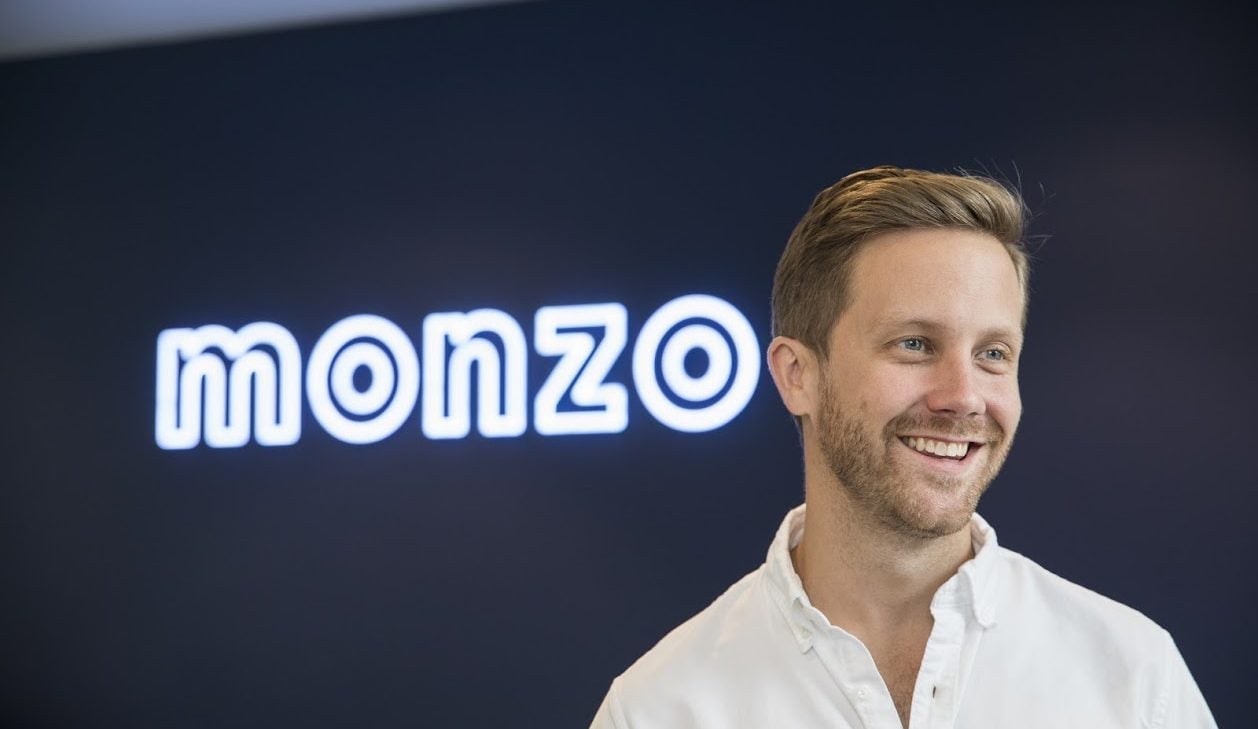UK fintech darling Monzo will try its luck in the US
Since its launch in 2015, Monzo has quickly grown to become one of the most popular online banks in the UK, boasting more than 2 million users. Now, like a string of British success stories from the Beatles to James Corden, Monzo wants to try its luck in the US.


Since its launch in 2015, Monzo has quickly grown to become one of the most popular online banks in the UK, boasting more than 2 million users. Now, like a string of British success stories from the Beatles to James Corden, Monzo wants to try its luck in the US.
The company announced today it will roll out its service in the US, using live events in a handful of cities in the hopes of driving interest and buzz. Monzo is partnering with Ohio-based Sutton Bank at first, but intends to apply for a US bank charter this year. If successful, it would be among the few banks chartered in the US since the 2008 financial crisis.
Tom Blomfield, Monzo’s CEO and co-founder, says the US is an enormous market ripe for mobile-based banking that’s free of fees and responsive to the needs of its users. He draws a contrast with incumbent US institutions like JPMorgan Chase, which have had mixed results with their forays into digital banking. Last week, JPMorgan announced it was shutting down Finn, its online brand designed to appeal to younger customers.
“JP Morgan Chase is spending $11 billion a year on technology,” Blomfield says. “Who is paying for that? Ultimately it’s us, its customers.”
Monzo, which made about £45 million ($57 million) last year, has a cost basis of about $4 per customer, Blomfield says. The company, backed by venture capital, is not yet profitable. It has about 1,000 employees, mostly in the UK, but is hiring in the US and will have offices in Los Angeles and customer support in Las Vegas.
Blomfield is counting on its appeal to digital-savvy customers. The bank’s app contains many of the features available in other financial apps, like budgeting tools and the ability to split checks. Instead of offering mortgages and stock trading, it plans to serve as a broker, connecting its customers to vendors like Quicken Loans, and eventually using artificial intelligence to help make the best matches. In the UK, Monzo connects its users to about 25 partners, Blomfield says. The company’s iconic fluorescent orange cards have also become a status symbol among London hipsters.
But if Monzo’s millennial-friendly tech gives it a leg up on traditional banks in the US, it faces daunting competition from the US’s own crop of digital players. Chime, a San Francisco-based startup, has 4 million US users, and added a million in the past three months, CEO Chris Britt told CNBC.
Venmo and Square’s Cash app aren’t banks, but they encourage customers to use their products like checking accounts, and both are adding about 2 million users a month, the equivalent of Monzo’s entire user base. While the US is a far bigger market than the UK, and can presumably absorb multiple digital banks, scale tends to be the name of the game for the fintech business. Apps like Venmo become more powerful as more people join, making it easier to move money around.
Still, the US made more sense for expansion than elsewhere in Europe, with its fragmented market and varying attitudes about how to use money, Blomfield says. Plus, Brexit creates additional headaches for the London-based firm.
Blomfield says Monzo is approaching the US with humility: “Our biggest risk is that we assume what works in the UK will work in the US.”
Correction: This post has been updated to correct the name of Monzo’s US partner bank. It is Sutton Bank, not Sutter Bank.